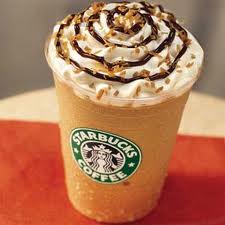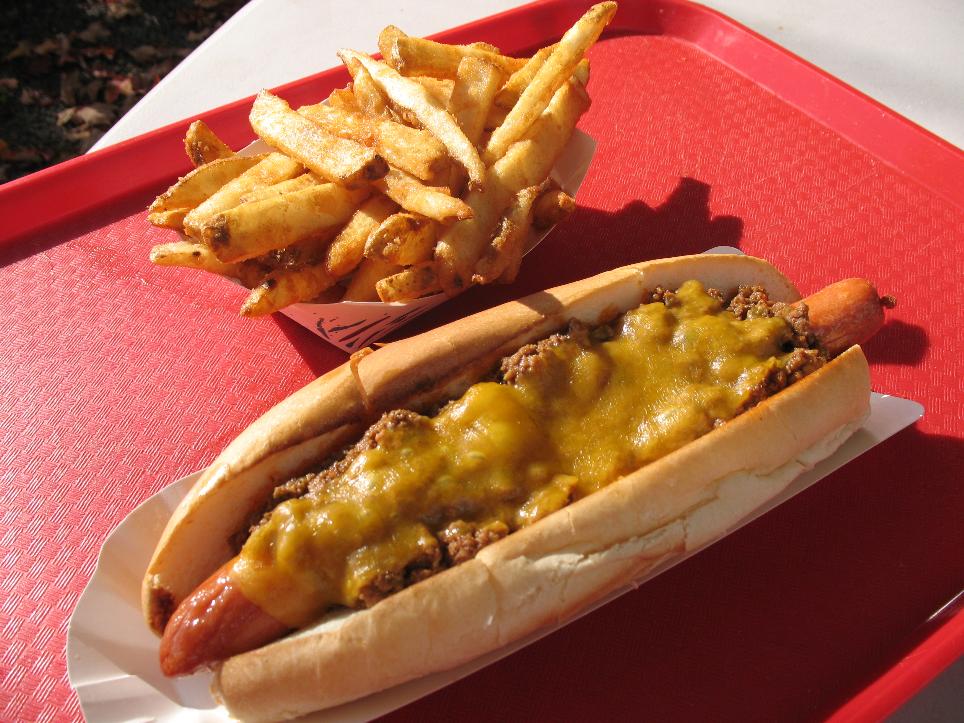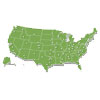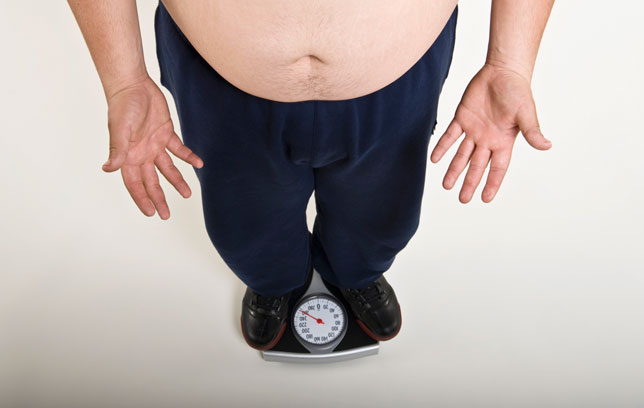How Do I Drop Pounds Fast?
Our fat-fighting experts answer 9 common weight-loss questions.
1. I like my beer but not my belly. How many calories can I drink in a day?
Budget calories much as you budget money. It's one part of your decision-making pie. (Mmm ... pie.) If you're on a 2,000-calorie diet, a good goal for a guy who works out three days a week and wants to lose weight, you can take in 200 to 400 "anything" calories a day. But according to a study in the American Journal of Clinical Nutrition, men eat more calories and make unhealthier food choices on days they drink alcohol. David Levitsky, PhD., a professor of nutritional sciences at Cornell University, says even a slight buzz makes you focus on immediate gratification (food) rather than long-term goals (weight loss). He recommends eating a snack rich in protein and healthy fats, such as nuts, before that first sip. That will keep your blood sugar levels steady and slow the absorption of alcohol, which can help fend off postdrinking pig-outs, he says. In any case, you'll want to limit alcohol to two drinks a day, 14 a week, to avoid trouble.
2. I'm trying to lose weight with replacement meals. Is there a better way?
Yes: Invest in a skill. Namely, cooking. That's the key to a lean body and a fat wallet—cooking your own food lets you control how many calories and what nutrients you're eating, says Lindsay Martin, M.S., R.D., a registered dietitian at Hilton Head Health in South Carolina. A recent Harvard School of Public Health analysis claims that replacing snack foods and refined grains with healthier foods—fruits, vegetables, and fish—costs about $1.50 extra a day. Martin swears by what she calls "cross-utilization"—that is, buying some simple, healthy staples and using them in as many meals as you can think up.
3. I tried to cut out sugar and went crazy with cravings. What can I do?
It's all in the timing—when you eat and how slowly you kick the habit. "You're hardwired to crave sugary foods because they have readily available calories," says Yoni Freedhoff, M.D., author of The Diet Fix. "When you're really hungry, you crave highly caloric food. It's a physiological response as well as a psychological one." So avoid a cupcake binge by eating to minimize hunger: Plan three well-balanced meals and two snacks a day that include plenty of protein, which has a higher satiating power than fat or carbs. Now make another plan to gradually cut the sweet stuff. If you abruptly slash your sugar intake by half, your palate will freak out, says Dr. Freedhoff. Set a goal to cut your consumption by 10 percent a week; in five weeks, you'll hit that 50 percent milestone. First, target those liquid sugars: You can swap in a diet soda for regular at first, but try to eventually switch to just water or tea. Next, look at the added sugars in your diet and start replacing them with lower-sugar alternatives. Craving an afternoon candy bar? Try a protein bar instead. If you're salivating over ice cream, try Greek yogurt with fresh fruit or a frozen banana. "A lot of times, it's less about the food itself than it is the habit of eating and the reward that comes along with it," says Men's Health nutrition advisor Mike Roussell, PhD. "You can keep the habit but cut out the sugar."
4. How much harm can a side of fries do?
Perhaps none—and it may even help you drop pounds. Weight loss is a marathon, not a sprint, and of course you'll indulge. But you've just used up your daily calorie allowance. "Your junk-food allotment shouldn't take up more than 10 to 20 percent of your total daily calories," says MH nutrition advisor Alan Aragon, M.S Let's do the math: On a 2,000-calorie diet, that's 200 to 400 calories on a splurge item. A medium order of fries can run about 400 calories, and keep in mind that it's also a starch infused with unhealthy fats. But if you deprive yourself of foods you love, you might be more likely to binge later on, says Aragon.
5. To crank up metabolism, what's more important-diet or exercise?
Actually, your genes are, but you can fine-tune your metabolism. Pound-for-pound, muscle burns more calories than fat, explains Diana Thomas, Ph.D., director of the Center for Quantitative Obesity Research at Montclair State University. The best way to increase muscle and decrease fat is with high-intensity interval resistance training (HIRT), says Thomas. HIRT builds muscle and burns fat—and continues even after you leave the gym. In one recent Italian study, lifters doing HIRT burned 18 percent more calories 22 hours after exercising than guys who did traditional strength training.
6. So many diets are out there! Which one is the best to lose weight on?
No one diet works for everyone. In fact, scientists are starting to tire of fad diets altogether. The reason: They are just plain unappealing. "People should avoid any diet plan that tells them to needlessly avoid food groups," says Aragon. "The best diet is the one you can actually keep, and it should be individualized to your personal preferences." If you pick a diet that excludes, say, bread, and you love bread, you're likely to cave in to your craving and blow off the diet entirely. Healthy eating pulls from all the food groups—but in moderation. The research is backing up that approach. A new review from Yale University looked at some of the most popular diets—Paleolithic, low-fat/vegetarian, low-carb, Mediterranean, and others—and found that none is superior in terms of weight loss. Check out the chart below, and borrow the healthy eating strategies that work for you. Skip the ones that don't.
7. What's a safe way to drop pounds quickly? Do prescription pills help?
First of all, a safe weight-loss rate is 1 to 2 pounds a week. Any faster and you'll lose both fat and muscle. And if you regain the weight quickly, as often happens with lose-weight-fast diets, you could end up with a higher percentage of body fat, says Holly Herrington, R.D., L.D.N., of the Center for Lifestyle Medicine at Northwestern University. The best way to slim down is to eat fewer calories (with lots of healthy fruits, vegetables, grains, and lean proteins) and exercise more. You should include both cardio and muscle-strengthening workouts, 45 to 60 minutes a day most days of the week. It's as simple as that. And don't even think about an Rx shortcut to get cut for the beach. Those FDA-approved prescription medications are intended for clinically overweight and obese people. If you're seeking weight-loss help through medication, check with your doctor first—these drugs can pose serious health risks.
8. What's the best exercise to blast midsection flab?
You can do crunches all day long, but you won't whittle your middle with a move that targets only your abs. To lose your gut, do a total-body-blasting exercise that torches fat all over. (You'll see fat losses in your arms, chest, and shoulders before you sculpt that stubborn belly.) "The kettlebell swing is great because it's a power-building exercise that can also be a metabolism-cranking workout," says Men's Health fitness advisor BJ Gaddour, C.S.C.S. To work your whole body instead of just your legs, swap in a 30-minute kettlebell routine for 30 minutes on the treadmill. You'll hike your heart rate higher while burning about the same number of calories as you would walking 4 mph at a 4 percent grade, a 2014 study in the Journal of Strength and Conditioning Research found. To really carve your core, try single-arm swings. "Your core muscles have to work harder to resist the tilting and turning forces around your spine," says Gaddour.
9. I run six days a week, but my belly is still there. What am I doing wrong?
Um, running? Your dedication to distance running is admirable, but if that's your main weight-loss activity, it's time for a rethink. You should consider mixing some weightlifting days into your schedule (see question 5) and incorporating lots of explosive exercises into your routine (see question 8). But you're a runner, and we get that. We also know that lots of fitness-loving guys tend to overestimate their calorie burn and do too much of the same training. To compound the problem, they'll then reward themselves with excessive recovery meals, says Janet Hamilton, MA, C.S.C.S., an exercise physiologist at Running Strong in Atlanta. If you're sticking to running, Hamilton says it's a matter of mixing things up: "To build your body so it can tolerate longer and harder bouts of exercise—and burn more calories—mix up your training with hard and easy days." Below is Hamilton's prescription.
Go Hard, Go Easy
Logging lots of miles at the same pace isn't the best way to lose weight—or run a PR. Use this weekly calendar to vary your runs and throw in some yoga and weights too.
S Hard—6 to 8 miles at a pace where it's easy to converse in sentences
M Easy—yoga, tai chi, or another training that speeds muscle recovery
T Hard—4 miles at a pace where you can still converse in sentences; run hills if you like, but they're not mandatory
W Easy—2 miles at a recovery effort
T Hard—4 miles; may include up to 1 mile at a 10k-race effort in the middle
F Easy—general strength training with body-weight resistance
S Rest
RELATED VIDEO:
-
Worlds Best Protein Sources
There are a ton of great proteins available. And if you ask 10 differe
-
Abs Diet: Pesto Pasta Recipe
PESTO PASTA What Youll Need
-
Abs Diet- Interval Training Tips at MensHealth.co
To improve endurance, you have to understand how your body produces en
-
Bring Your Meals in to the Light
Forget counting calories—the best weight-loss trick may be watching th
-
Abs Diet: Oatmeal Breakfast Recipe
A steaming bowl of oatmeal (the real stuff, not the packet variety) is
-
Diet Strategies: Energy Balance and Weight Loss
If theres a god of weight loss, hes probably laughing.For the past 40
- DON'T MISS
- Weight Loss: Abs Diet and Six Pack Abs
- The Easiest Way to Stick to Your Diet!
- The Anti-Migraine Workout
- Drop Weight Like Charles Barkley
- Abs Diet: Chest Muscle-Building
- Is This Sugar Making You Fat?
- Belly Off: A Fathers Weight Loss Success Story
- Abs Diet: Belly Off Weight Loss Success Story
- Lose Belly Fat With Family
- Abs Diet for Women Success Story




